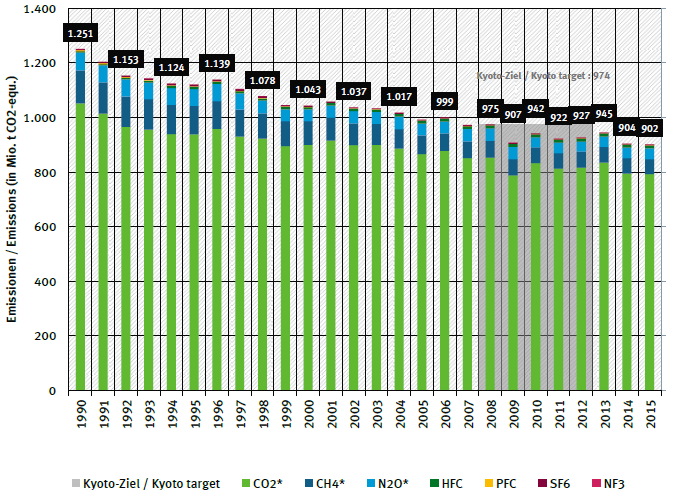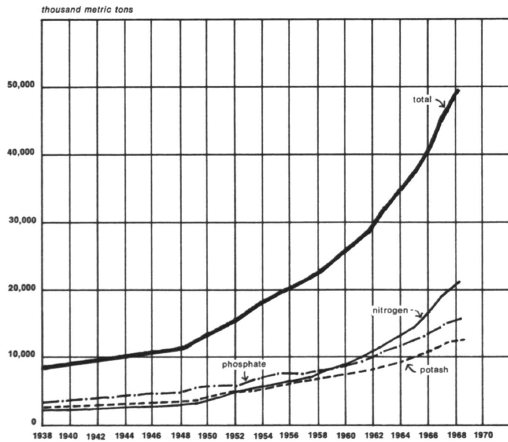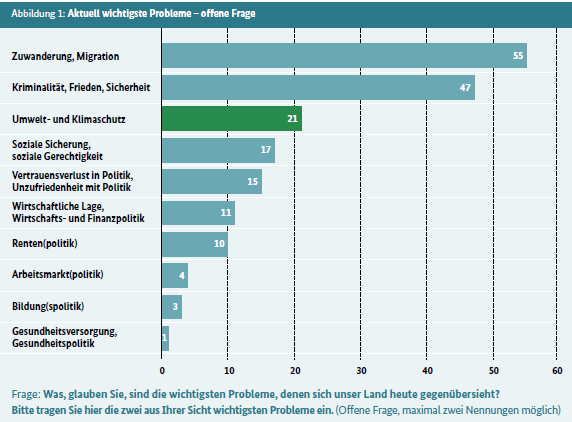Hiking up the mountains through green forests over clear streams with fresh air in the lungs and with an amazing view at the top to all the other mountain-summits are absolutely wonderful experiences. But how long will these experiences still be possible? Can our children and grandchildren also enjoy such moments? Let’s have a look what the global nations, the European states and Germany are doing for a liveable future.
The Limits to growth
In 1973 the Club of Rome, an informal organization that describes itself as an invisible college[1], published a report about different development opportunities regarding the prospective growth in various economies and the upcoming predicament of mankind. One of the main issues was the degradation of the environment, especially the human-caused impacts on the worldwide climate.[2] The saddest and most crucial point is the following: The mankind knows enough about the current and future problems in the world, they perceive it. But the predicament is that the mankind is unable to devise effective responses.[3]
Kyoto Protocol
Although this shocking statement by the Club of Rome got a lot of public regards, it has taken more than twenty years after publishing before a first global reaction has followed. In December 1997 a first common step into a more liveable future was done in Japan. It was the first time that an international community of nations obligated itself to save the future by reducing the greenhouse gases. The greenhouse gas emission was identified as the most important reason for the increasing global temperature. And if you can trust the worldwide reports of various scientists we ought to limit the temperature rise by a maximum of two degrees by 2050. Therefore the deal called Kyoto Protocol is absolutely necessary, because the worldwide concentration of carbon dioxide (CO2) rose by almost 50 % compared to the level 200 years ago.[4] But not only CO2 concentration has risen up. Methane has increased by 150 %, nitrous oxide has risen by 20 %.
In February 2005 the Kyoto Protocol entered into force.[5] The European countries have ambitious goals. They have committed themselves to reduce their greenhouse-gas emissions by 20 % by 2020 with respect to the base year 1990. Germany surpassed the European goals significantly. They will even reduce its emissions by 40 % until 2020.
Germany as role model
The German Federal Environment Agency published a statement about the planned transition into a green economy in 2016 which concretizes the agreements of the Kyoto protocol.[6] Green Economy is defined as an economic way supporting human prosperity as well as social balance.[7] Quoting the words from the “Rio+20”-agenda: “A key theme in the context of sustainable development and poverty eradication.”[8] The green economy can be considered as the succession plan of the Millennium Development Goals. The political program in Germany forces an economic growth which harmonizes the ecological and social goals and also considers the borders of our planet.[9] There should be created green jobs as well as green financing and tax systems. The investments ought to be sustainable, mainly in the areas of infrastructure and the construction industry. However, the projects sound very abstract. Hence, the most important principle seems to be that all the strategies have to be integrated into pre-existing projects regarding the climate protection.
Future plans by Germany
The German Environment Agency developed within the framework of the EU a long-term vision into a decarbonised economic future. The report was recently published by two scientists who were working on behalf of the German Environment Agency. Therefore Germany wants to reduce its greenhouse-gas emissions by 95 % until 2050.[10] This is definitely an enormous ambitious goal.
One of the main approaches is the electricity, which ought to decarbonize the transport sector after 2030.[11] Another important point is the so-called CCS, carbon dioxide capture and storage. This means the physical storage from CO2 under the earths, similar to the final nuclear disposal. With the help of this technic Germany wants to store 41Mt CO2 in 2050.[12] The targets sound great and they show a decarbonized future – at least for Germany. But it gives the impression that the scenarios are overambitious.
Other climate protection scenarios
Not only Germany develops strategies against the climate change. In order to start a decarbonized future, several European states developed different long-term visions of future economies.[13] The only country which has similar high reducing targets like Germany is the United Kingdom. They achieve an emission reduction of 93 % between 2010 and 2030![14] Italy, France and Sweden want to reduce their emissions by 80 to 85 % compared to 2010. This is in between the general EU target range of 80 to 95 %. Only Poland, the sixth participatory country, wouldn´t achieve the EU target. They will only achieve a reduction of 57 % between 2010 and 2050.[15]
Costs of climate protection
One of the most important questions is what the climate change will cost. On the one hand the investments for stopping the climate change and on the other hand the costs which the climate change causes. According to the Intergovernmental Panel on Climate Change (IPCC) it would cost only 0.06 % of the annual economic growth to achieve the two degree target.[16] However, these low costs result of the potential savings through higher energy efficiency, several new technologies and even through nuclear energy in some parts of the world.
But unfortunately there are a lot of opponents who fight against the climate protection. On the one hand there are the threshold nations like the BRIC-countries which need more and more energy for economic growth. On the other hand there are the owner of fossil fuels as wells as energy intensive industries and the employees of this companies.[17]
How could the climate change be successful?
What we need is a sustainable and high quality growth. This means to decouple the production of goods from the resource consumption.[18] We don´t have to reduce our consumption; we ought to reduce the consumption of emission intensive goods. The next step would be a global pricing system for the greenhouse gas emissions which could set limits for the worldwide emissions.[19] These global challenges can only be handled by a global togetherness including all national governments and by considering the usual peoples in all countries. For the German citizens, the climate protection is one of the most important challenges according to a representative public survey by the German Environment Agency.[20] The major of the citizens are afraid due to the progressive climate change. A significant majority of 91 % said that it´s absolutely necessary to regulate the economy, to make more rules for the markets and global players.[21] But most of the people are very sceptic regarding the national political efforts for saving the environment.[22]
Hence it will be not sure if our children and grandchildren could once stand on the top of a mountain and enjoy the view into a wild and awesome nature, even if they strongly desire to do so.
[1] Limits to Growth, Club of Rome (1973) page 9
[2] Limits to Growth, Club of Rome (1973) page 10
[3] Limits to Growth, Club of Rome (1973) page 11
[4] National Inventory Report for the German Greenhouse Gas Inventory, Umweltbundesamt (2017) page 67
[5] National Inventory Report for the German Greenhouse Gas Inventory, Umweltbundesamt (2017) page 67
[6] Bericht zum Übergang in eine Green Econemy, Umweltbundesamt (2016) page 4
[7] Bericht zum Übergang in eine Green Econemy, Umweltbundesamt (2016) page 44
[8] Towards a Green economy, A systhesis for Policy Makers, UNEP (2011) page 1
[9] Bericht zum Übergang in eine Green Econemy, Umweltbundesamt (2016) page 6
[10] Analysis of selected climate protection scenarios for European countries, Umweltbundesamt (2017) page 15
[11] Analysis of selected climate protection scenarios for European countries, Umweltbundesamt (2017) page 15
[12] Analysis of selected climate protection scenarios for European countries, Umweltbundesamt (2017) page 15
[13] Analysis of selected climate protection scenarios for European countries, Umweltbundesamt (2017) page 7
[14] Analysis of selected climate protection scenarios for European countries, Umweltbundesamt (2017) page 31
[15] Analysis of selected climate protection scenarios for European countries, Umweltbundesamt (2017) page 31
[16] Atlas der Globalisierung, Le Monde diplomatique (2015) page 91
[17] Atlas der Globalisierung, Le Monde diplomatique (2015) page 92
[18] Atlas der Globalisierung, Le Monde diplomatique (2015) page 92
[19] Atlas der Globalisierung, Le Monde diplomatique (2015) page 93
[20] Umweltbewusstsein in Deutschland 2016, Umweltbundesamt (2017) page 9
[21] Umweltbewusstsein in Deutschland 2016, Umweltbundesamt (2017) page 9
[22] Umweltbewusstsein in Deutschland 2016, Umweltbundesamt (2017) page 9











